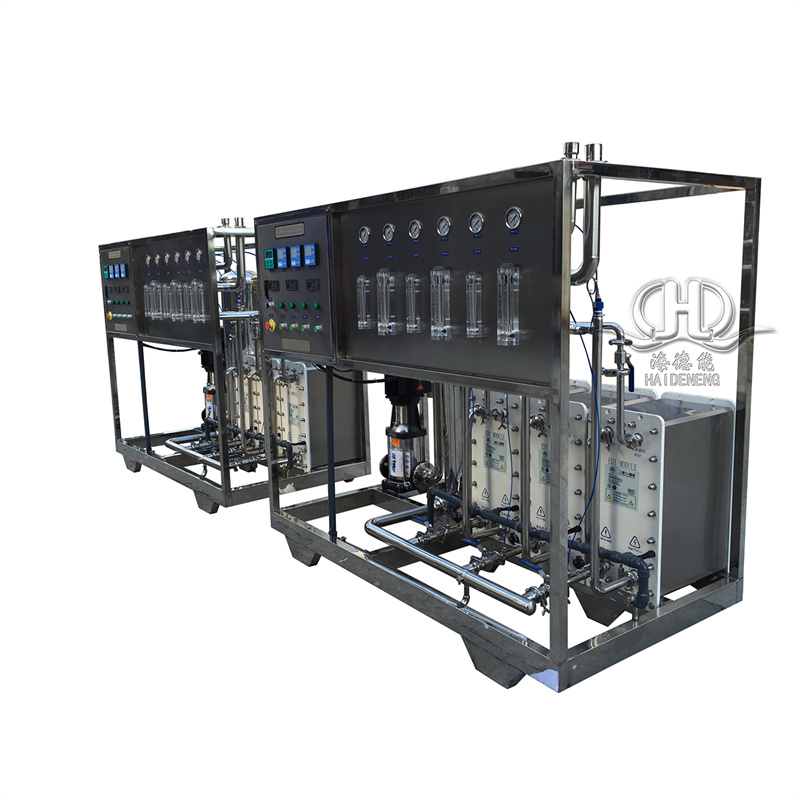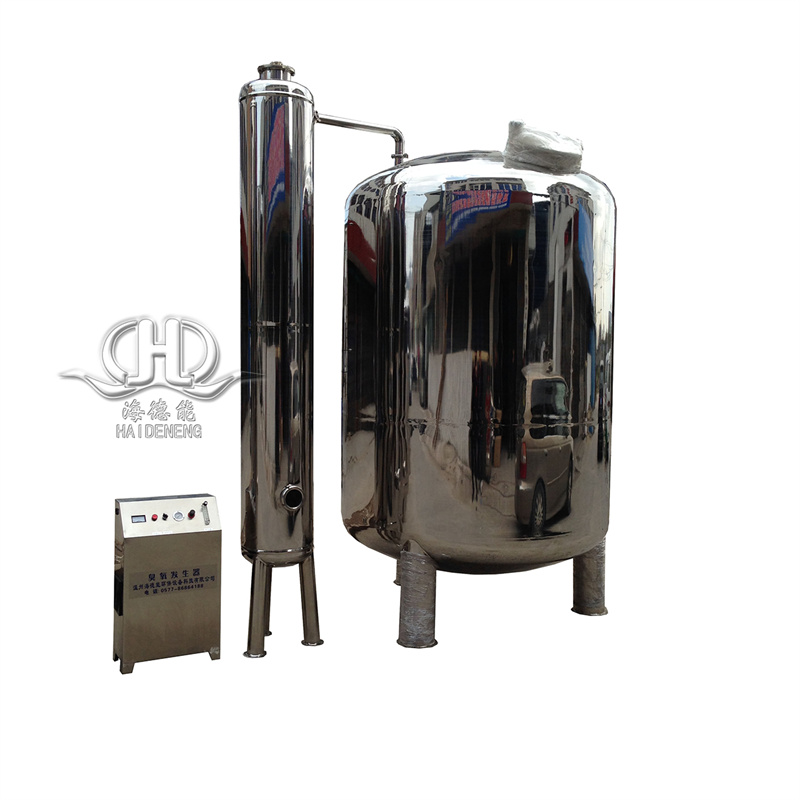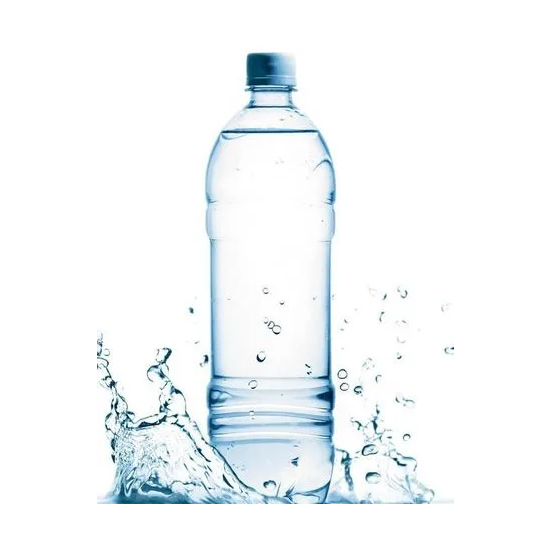Deionized EDI water treatment plant water ro system Manufacturer
Product process
The EDI technology is a new desalination process that combines electrodialysis and ion exchange. This process takes advantage of the strengths of both electrodialysis and ion exchange and compensates for their weaknesses. It uses ion exchange to deep desalinate to overcome the problem of incomplete desalination caused by electrodialysis polarization. It also uses electrodialysis polarization to produce H+ and OH- ions for automatic resin regeneration, which overcomes the disadvantage of chemical regeneration after resin failure. Therefore, EDI technology is a perfect desalination process.
During the EDI desalination process, ions in the water are exchanged with hydrogen ions or hydroxide ions in the ion exchange resin, and then these ions migrate into the concentrated water. This ion exchange reaction occurs in the dilute water chamber of the unit. In the dilute water chamber, the hydroxide ions in the anion exchange resin exchange with the anions in the water, and the hydrogen ions in the cation exchange resin exchange with the cations in the water. The exchanged ions then migrate along the surface of the resin balls under the action of DC electric current and enter the concentrated water chamber through ion exchange.
Negatively charged anions are attracted to the anode and enter the adjacent concentrated water chamber through the anion membrane, while the adjacent cation membrane prevents them from passing through and blocks these ions in the concentrated water. Positively charged cations are attracted to the cathode and enter the adjacent concentrated water chamber through the cation membrane, while the adjacent anion membrane prevents them from passing through and blocks these ions in the concentrated water.
In the concentrated water, the ions from both directions maintain electrical neutrality. Meanwhile, the current and the ion migration are proportional, and the current consists of two parts. One part comes from the migration of removed ions, and the other part comes from the migration of water ions that ionize into H+ and OH- ions. When the water passes through the dilute water and concentrated water chambers, the ions gradually enter the adjacent concentrated water chamber and are carried out of the EDI unit with the concentrated water.
Under the high voltage gradient, water is electrolyzed to produce a large amount of H+ and OH-, and these on-site produced H+ and OH- continuously regenerate the ion exchange resin. Therefore, the ion exchange resin in the EDI unit does not require chemical regeneration. This is the EDI desalination process.
Technical features
1. It can produce water continuously, and the resistivity of the produced water is high, ranging from 15MΩ.cm to 18MΩ.cm.
2. The water production rate can reach over 90%.
3. The water quality produced is stable and does not require acid-base regeneration.
4. No wastewater is produced in the process.
5. The system control is highly automated, with simple operation and low labor intensity.T
Primeval requirements
1. The feed water should be RO-produced water with a conductivity of ≤20μs/cm (recommended to be <10μs/cm).
2. The pH value should be between 6.0 and 9.0 (recommended to be between 7.0 and 9.0).
3. The water temperature should be between 5 and 35℃.
4. The hardness (calculated as CaCO3) should be less than 0.5 ppm.
5. The organic matter should be less than 0.5 ppm, and the TOC value is recommended to be zero.
6. The oxidants should be less than or equal to 0.05 ppm (Cl2) and 0.02 ppm (O3), with both being zero as the optimal condition.
7. The concentrations of Fe and Mn should be less than or equal to 0.01 ppm.
8. The concentration of silicon dioxide should be less than 0.5 ppm.
9. The concentration of carbon dioxide should be less than 5 ppm.
No oil or fat should be detected.












